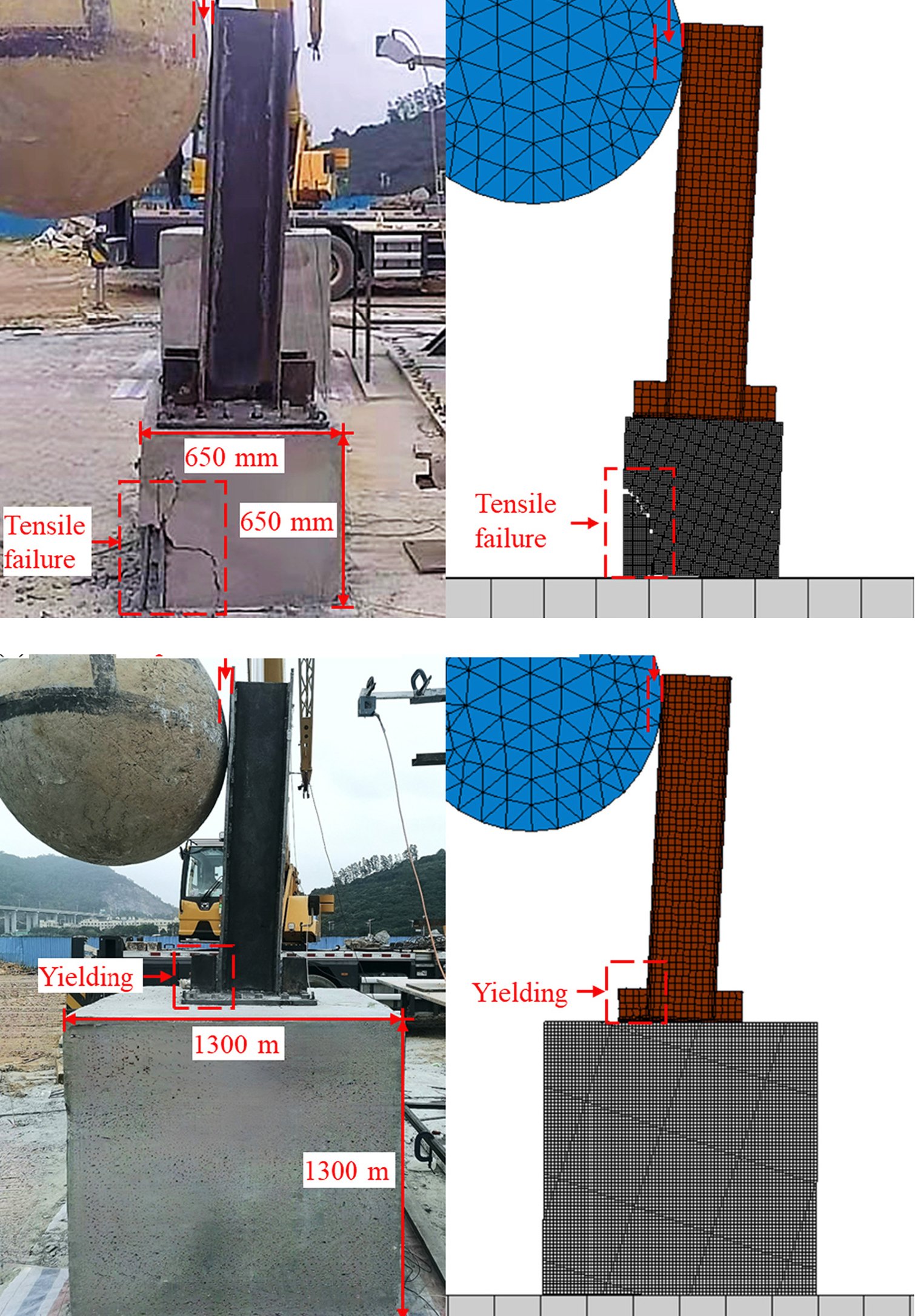A high-speed camera from Mikrotron has been used in developing a landslide prevention system.
A Landslide is a common geological hazard in mountainous areas. Large boulders carried by debris flow can be highly destructive to roads, buildings, and even to passing vehicles. Constructing steel baffle on steep slopes is a proven method to dissipate the impact energy of boulders, and a cost-effective alternative to larger reinforced concrete structures. However, current designs of steel baffle, and its footings and structural connections, may impede the effectiveness of baffle as a safety measure.
To further investigate this issue, researchers at the Hong Kong University of Science and Technology1 have conducted full-scale pendulum impact tests on new baffle designs. The baffle was installed on cubic footings with side lengths of either 650mm (2.13 feet) or 1300mm (4.25 feet), with and without steel dowels set at different depths in the earth. To conduct the testing, concrete boulders weighing nearly 4500 pounds were hoisted by cranes and released downhill on the baffles exerting impact energy up to 100 kilojoules.
In order to capture the impact process of boulders on the various baffle designs, a Mikrotron MotionBLITZ mini GigE Vision monochrome camera was placed at one side of a large test platform. Camera resolution was set for 1280 × 1008 pixels at 300 frames per second, resulting in analysis-quality images thanks in part to its high-speed global shutter. Laser sensors mounted on the baffles’ top and bottom measured deflection. The camera, laser sensors, and other instrumentation including an accelerometer and strain gauges, were connected to a data logger. Multi-physics software was applied to create 3D finite element models based on the collected data. Next, the 3D models were uploaded to carry out a parametric study to investigate the different configurations when subjected to different impact energy levels depending on how far the boulders were released uphill.
The researchers found that a footing with a side length of 1300mm connected to the ground by 8 steel dowels was required to avoid failure of the cubic footing during high impact, and that the dowels in the soil should be installed at least 4500mm (14.75 feet) to avoid overturning the structure. Results presented in the study will now be used by safety engineers in designing baffles to strengthen the resilience of mountainous areas.
- “Analysis of steel baffle installed on footing with dowels for resisting boulder impact,” Charles W.W.Ng, Dingchen Zhang, Clarence E.Choi, Haiming Liu, Raymond C.H.Koo, Rui Chen, Engineering Geology Volume 312, January 2023

Video of the pendulum impact tests (left) was used to calibrate the input parameters of 3D finite element models (right) for testing the various baffle designs. (Image courtesy of Hong Kong University of Science and Technology.
Find out more about Mikrotron.
Also, stay up to date with the most recent machine vision and image processing news right here on MVPro Media.





